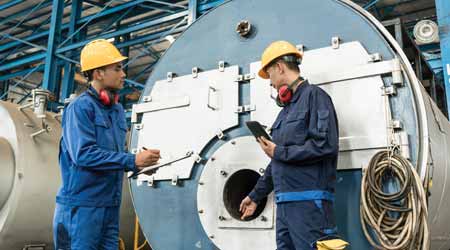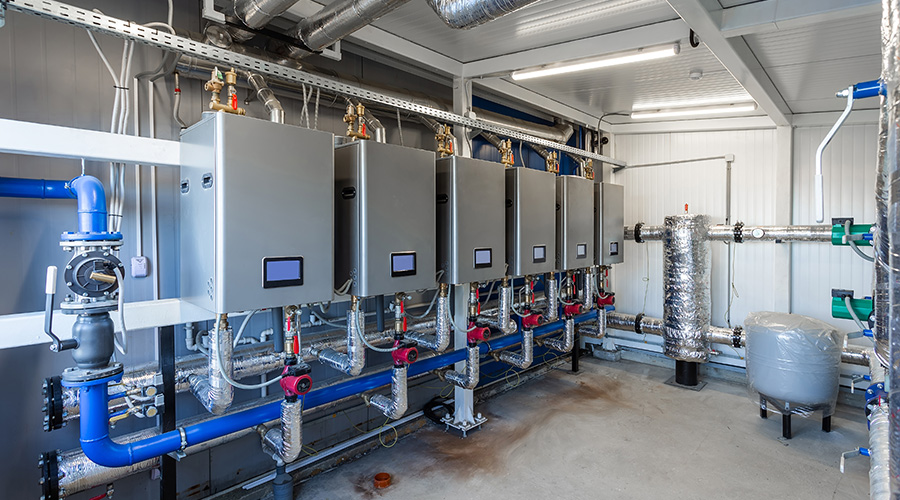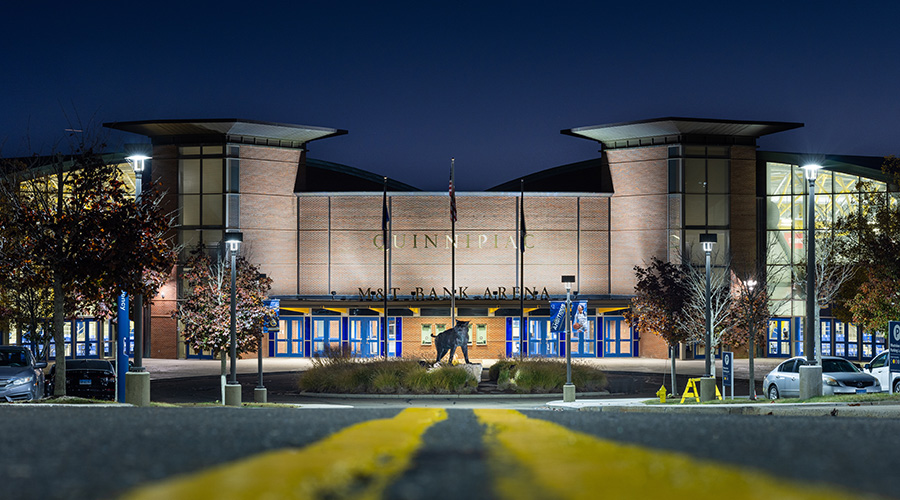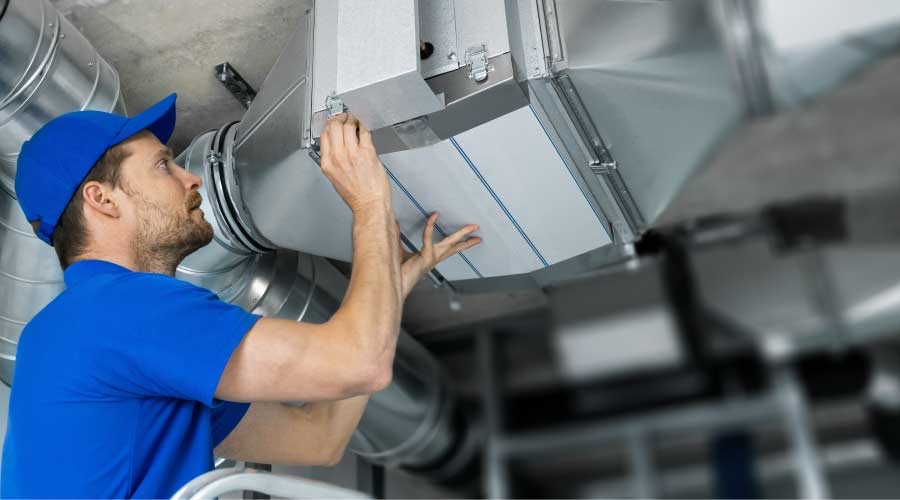Addressing Air Handler Upgrade Challenges
With careful planning, upgrades of boilers, chillers and air-handling units can improve efficiency, comfort and savings
Of the three HVAC system upgrades, air-handler systems is the most difficult. Air-handler systems tend to be large, installed in confined spaces, and include a range of auxiliary equipment, making it difficult to remove the existing system and install the new one. The upgrade process typically is lengthy and can disrupt operations for an extended period Successful upgrading requires careful planning.
The first issue to address is to determine the correct system capacity. As with other HVAC upgrades, changes in the use of the space over the life of the existing system change the requirements for air-handler system capacity. Changes in building code requirements also change air-distribution requirements. Knowing facility needs will determine the needed capacities for system components.
The next issue to address in an air-handler upgrade is identifying components that require replacement. Air- handling systems include a number of separate components, including blowers, heating or cooling coils, filter racks, operating controls, dampers, and ductwork.
It is not always necessary to replace all components during an upgrade, but before committing to reusing portions of the existing system, managers must understand their condition and suitability. Consider the age of the existing system components. What is their maintenance history? Are they reliable? Do they have the needed capacity for current and future requirements of the spaces they serve?
A complete replacement of the existing system is more expensive and disruptive, but it might allow managers to better match the upgraded system to the space requirements, particularly if portions of the existing air-handling system are suspect.
Another major issue managers must consider is keeping the facility operating during the upgrade. Air-handler upgrades are time-consuming and disruptive. During the upgrade process, managers might have to make other arrangements to provide conditioned air to the spaces the system serves, or operations might have to be relocated. Identifying what needs to be done ahead of time will prevent nasty surprises once the project is underway.
Building HVAC systems have finite lives. Identifying systems that are critical to the facility operation and developing a plan for their upgrade will help to ease the process for managers.
James Piper, P.E., is a national facilities management consultant based in Bowie, Md. He has more than 35 years of experience with facilities maintenance, engineering, management and management issues.
Related Topics:














